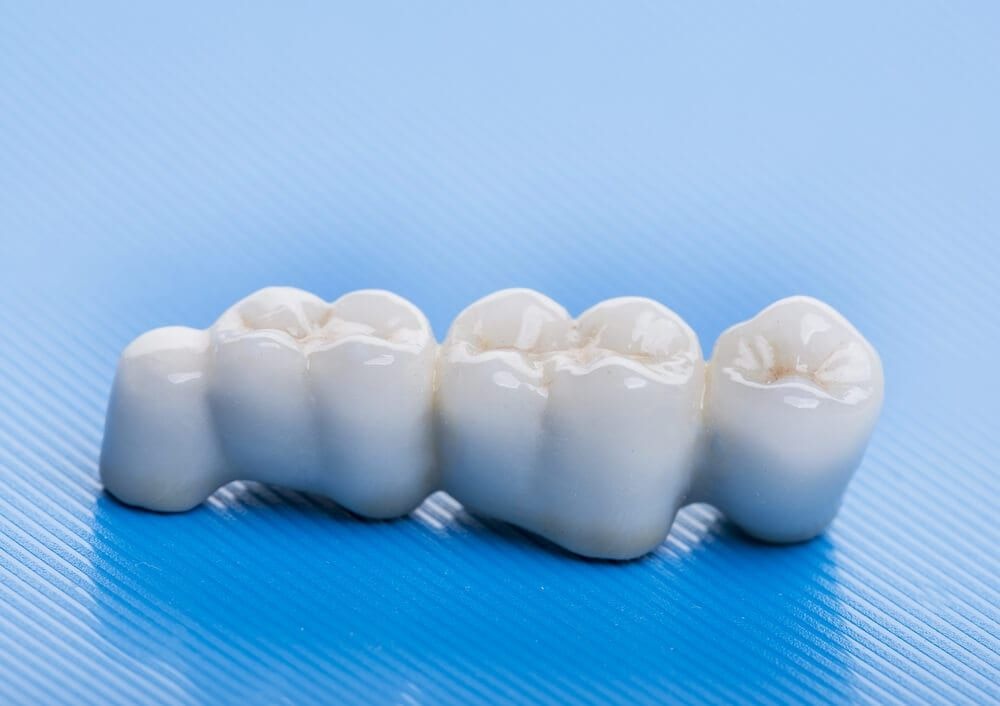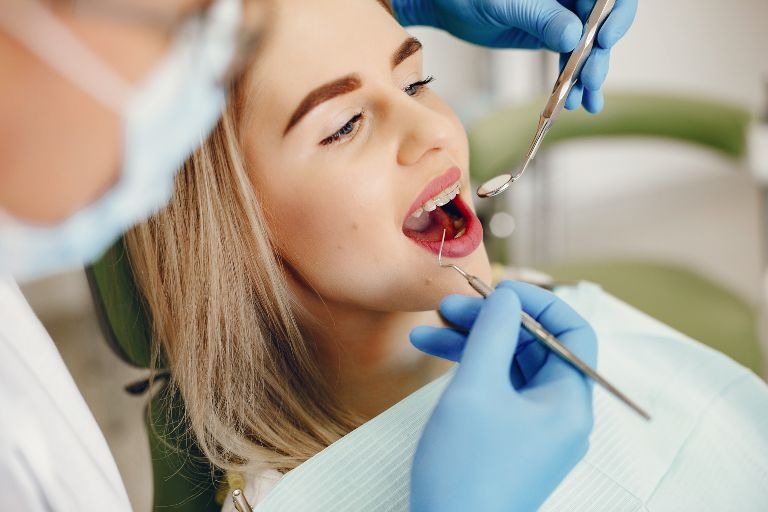If you’ve been struggling to enjoy your favourite meals or find it difficult to chew properly, missing teeth could be the hidden culprit. When gaps exist in your smile, your bite becomes unbalanced, and chewing efficiency suffers. Fortunately, modern dentistry offers a reliable solution — dental bridges. Whether you’ve lost one tooth or several, these restorations can significantly improve both function and appearance. For those seeking a long-term solution in the UAE, Dental Crowns and Bridges in Dubai provide an effective way to regain your smile and chewing comfort.

Why Chewing Becomes Difficult with Missing Teeth
Chewing is a complex process that involves your teeth, jaw muscles, and temporomandibular joint working in harmony. When one or more teeth are missing, this harmony is disrupted. The surrounding teeth may shift into the gap, altering your bite. Uneven pressure can cause discomfort, premature wear, or even lead to jaw pain.
More importantly, missing teeth often make it hard to break down food properly, which can affect digestion and overall health. Individuals may avoid nutritious foods like fruits, vegetables, and meats because they’re too difficult to chew. This leads to poor nutrition and potential gastrointestinal problems.
What Are Dental Bridges?
Dental bridges are fixed prosthetic devices that fill the space left by one or more missing teeth. A typical bridge consists of one or more artificial teeth (pontics) anchored by crowns placed on adjacent healthy teeth or implants. These restorations are custom-made to match the shape, size, and color of your natural teeth, ensuring a seamless blend with your smile.
There are different types of dental bridges, including:
- Traditional Bridges: Anchored on both sides by natural teeth with crowns.
- Cantilever Bridges: Supported by a crown on only one side of the gap.
- Maryland Bridges: Attached using metal or porcelain wings bonded to the back of adjacent teeth.
- Implant-Supported Bridges: Fixed on dental implants instead of natural teeth.
How Dental Bridges Improve Chewing Function
When dental bridges are placed, they restore the contact points between teeth that are essential for effective chewing. Here's how they make a difference:
- Redistribute Bite Force: Bridges help distribute the force of your bite evenly across your mouth, preventing strain on the remaining teeth.
- Prevent Shifting of Teeth: By filling the gap, bridges stop neighboring teeth from drifting out of position, which helps maintain a stable bite.
- Enhance Food Processing: With a complete set of teeth, you can chew food more efficiently, improving digestion and enjoyment of meals.
- Protect Jaw Health: Proper chewing stimulates the jawbone and reduces the risk of bone loss that often follows tooth loss.
- Restore Confidence: Knowing you can eat without discomfort boosts self-esteem and encourages healthier eating habits.
The Aesthetic and Functional Benefits
While function is a top priority, dental bridges also contribute to a more youthful and vibrant appearance. Missing teeth can lead to facial sagging and a prematurely aged look. By restoring your dental arch, bridges support the lips and cheeks, preserving your facial structure.
Additionally, patients often find it easier to speak clearly once the missing teeth are replaced. Certain sounds depend on the position of the tongue against the teeth, and gaps can cause speech impediments or lisps. A bridge helps restore your natural articulation.

Maintenance Tips for Long-Lasting Results
Dental bridges are designed to be durable, but like natural teeth, they require proper care to last. Here are a few essential maintenance tips:
- Brush Twice Daily: Use a soft-bristled toothbrush and fluoride toothpaste to clean all surfaces of your teeth and the bridge.
- Floss Thoroughly: Use floss threaders or water flossers to clean under the pontic and around the crowns.
- Visit Your Dentist Regularly: Routine check-ups and professional cleanings will ensure the bridge remains in excellent condition.
- Avoid Hard Foods: Chewing ice or hard candy can damage the bridge or supporting teeth.
- Limit Stain-Causing Foods: While bridges resist staining, limiting coffee, tea, and tobacco can help them stay bright longer.
Who Is a Candidate for Dental Bridges?
Not everyone is immediately eligible for a dental bridge. Ideal candidates should have strong teeth or healthy implants on either side of the gap to support the bridge. Gum health is also essential, as periodontal disease can compromise the foundation of the bridge.
A dental consultation is necessary to determine the most suitable type of bridge based on the number of missing teeth, oral health, and personal preferences. Your dental provider will conduct a thorough assessment to recommend a customized treatment plan.
Conclusion
Missing teeth don’t just affect how you look—they can have a profound impact on how you eat, speak, and feel every day. Dental bridges offer a time-tested solution that restores balance, improves chewing, and enhances overall quality of life. With natural-looking aesthetics and sturdy function, bridges help you enjoy meals and smile with confidence once again.
If you're seeking a dependable way to restore your bite and oral health, consider exploring Dental Crowns and Bridges Dubai for a personalized and lasting solution.

